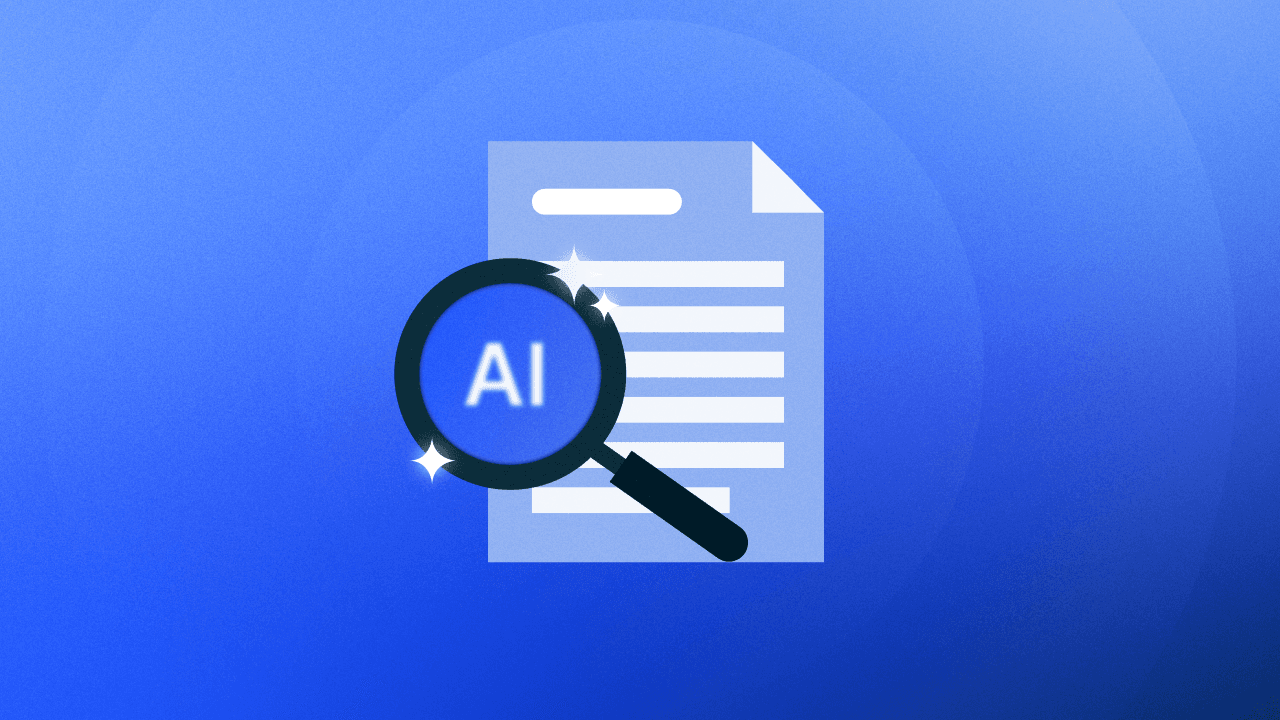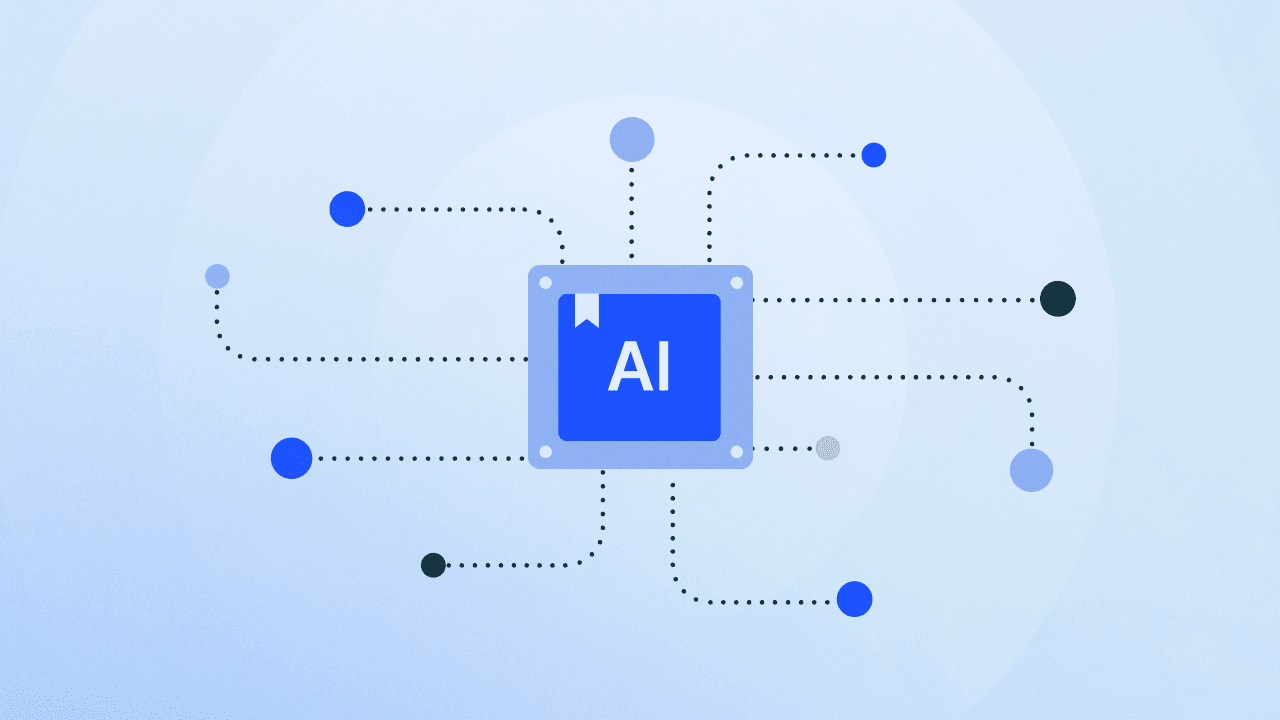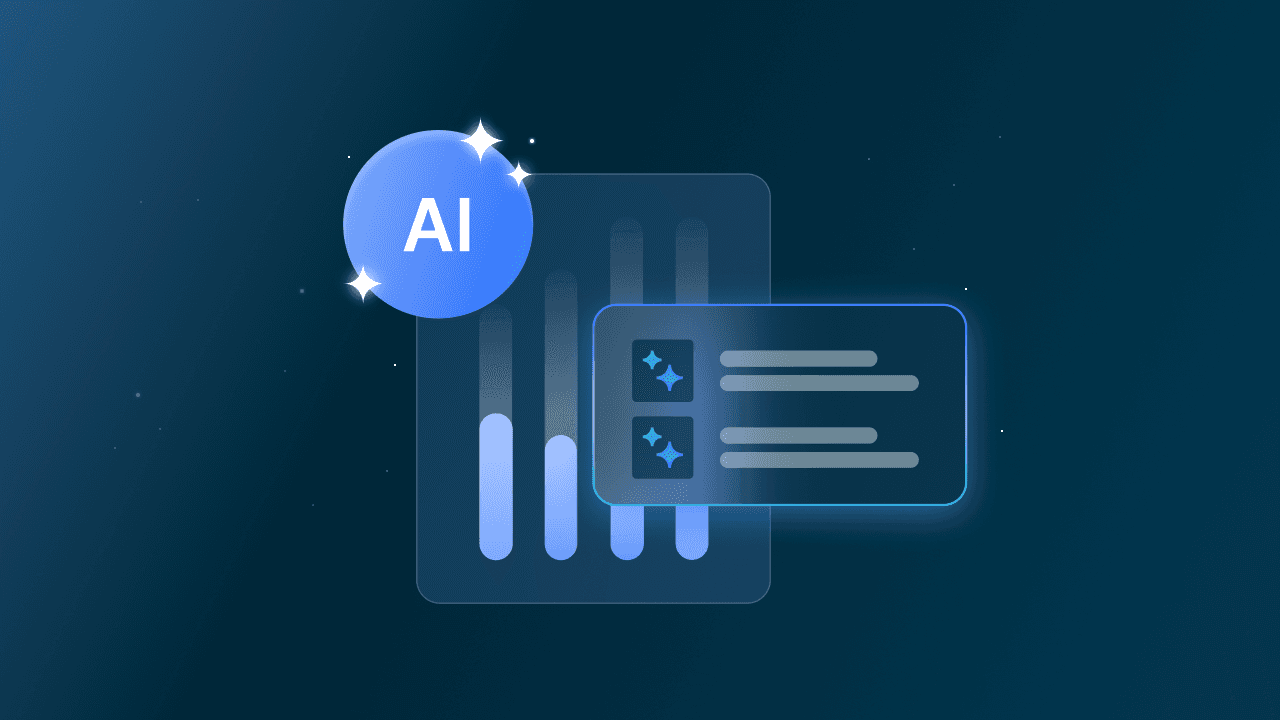Designing an AI Governance Framework That Actually Works
Learn how to design an AI governance framework that ensures responsible, scalable AI use—covering policies, oversight, risk, and compliance.
From large language models to predictive analytics, AI systems can unlock transformative value—but they also introduce new risks related to bias, security, accountability, and transparency.
To mitigate these risks while maintaining innovation velocity, forward-thinking companies are building and refining AI governance frameworks—a structured approach to managing how AI is developed, deployed, and monitored. But not all frameworks are created equal. So how do you design an AI governance framework that’s both practical and scalable?
Let’s break it down.
What is an AI Governance Framework?
An AI governance framework is a set of policies, processes, tools, and oversight structures that guide the responsible use of AI within an organization. The goal? Ensure AI systems are aligned with legal, ethical, and operational expectations without stifling innovation.
A strong framework typically covers areas such as:
Data governance
Model development and validation
Bias and fairness assessments
Regulatory compliance
Monitoring and explainability
Incident response
While the specifics will vary based on industry, company size, and AI use cases, the foundation remains the same: trust, accountability, and transparency.
5 Core Elements of a High-Functioning AI Governance Framework
To be effective, an AI governance framework must go beyond surface-level principles. It should be actionable, embedded in daily operations, and capable of evolving with new technologies and regulations. The following five elements are essential building blocks for creating a governance model that holds up in the real world.
1. Clear Roles and Responsibilities
Define ownership from day one. Cross-functional teams—spanning engineering, legal, compliance, security, and data science—must understand who’s responsible for AI decision-making, reviews, and escalations.
A RACI matrix (Responsible, Accountable, Consulted, Informed) helps clarify these roles by mapping out who does the work (Responsible), who makes final decisions (Accountable), who provides input (Consulted), and who needs to stay informed (Informed). It’s a simple but powerful tool for ensuring alignment and avoiding ambiguity—especially as AI projects grow more complex.
2. Policy-Driven Development
Establish baseline policies that guide how AI models are trained, evaluated, and deployed. These policies should include standards for data sourcing, annotation practices, model explainability, and third-party tool usage.
3. Risk Assessments Built into Workflows
Embed risk and compliance reviews early in the AI lifecycle. This includes:
Model risk classification
Data privacy impact assessments (DPIAs)
Algorithmic bias audits
Automating checkpoints can help reduce bottlenecks while ensuring no step is skipped.
4. Continuous Monitoring and Auditing
An AI model is never “done.” Drift, unexpected outcomes, and misuse are constant threats. Continuous monitoring—paired with versioning and audit logs—ensures transparency and accountability even post-deployment.
5. Alignment With Emerging Regulations
Laws like the EU AI Act and frameworks from NIST and ISO are setting global standards for responsible AI. Stay ahead by building flexibility into your framework and aligning with widely accepted principles, such as:
Explainability
Non-discrimination
Human oversight
Data security
Where Drata Fits In
Designing an AI governance framework that actually works requires more than good intentions—it takes structure, consistency, and the right tooling. As AI adoption accelerates, so does the need for frameworks that can balance speed with safety, automation with accountability, and innovation with integrity.
By integrating with the tools your teams already use, Drata ensures that responsible AI practices are not an afterthought—they’re built directly into the development and deployment lifecycle.
Whether you're aligning with emerging standards or establishing internal oversight for generative AI, Drata helps streamline your AI governance efforts at scale.
Ready to operationalize responsible AI? Book a demo with Drata and start building a governance framework that drives trust and innovation.
Frequently Asked Questions About AI Governance Frameworks
We’re diving into some of the most frequently asked questions about AI governance frameworks.
What is the Purpose of an AI Governance Framework?
To ensure that AI systems are used responsibly, ethically, and in alignment with regulatory and organizational standards. It helps manage risks while enabling innovation.
How is AI Governance Different from Traditional IT Governance?
AI governance includes additional dimensions like bias, explainability, and model drift—factors not typically present in traditional software or infrastructure oversight.
Who Should be Involved in Designing an AI Governance Framework?
Stakeholders across compliance, security, legal, engineering, and data science should all have a seat at the table. Cross-functional alignment is key.
Is AI governance Only Relevant for Regulated Industries?
No. While some sectors face stricter compliance requirements, every company using AI should implement basic governance principles to mitigate operational and reputational risks.
How Can Drata Support My AI Governance Needs?
Drata provides real-time monitoring, evidence collection, policy tracking, and risk visibility across your tech stack—helping you implement and scale responsible AI practices effortlessly.





